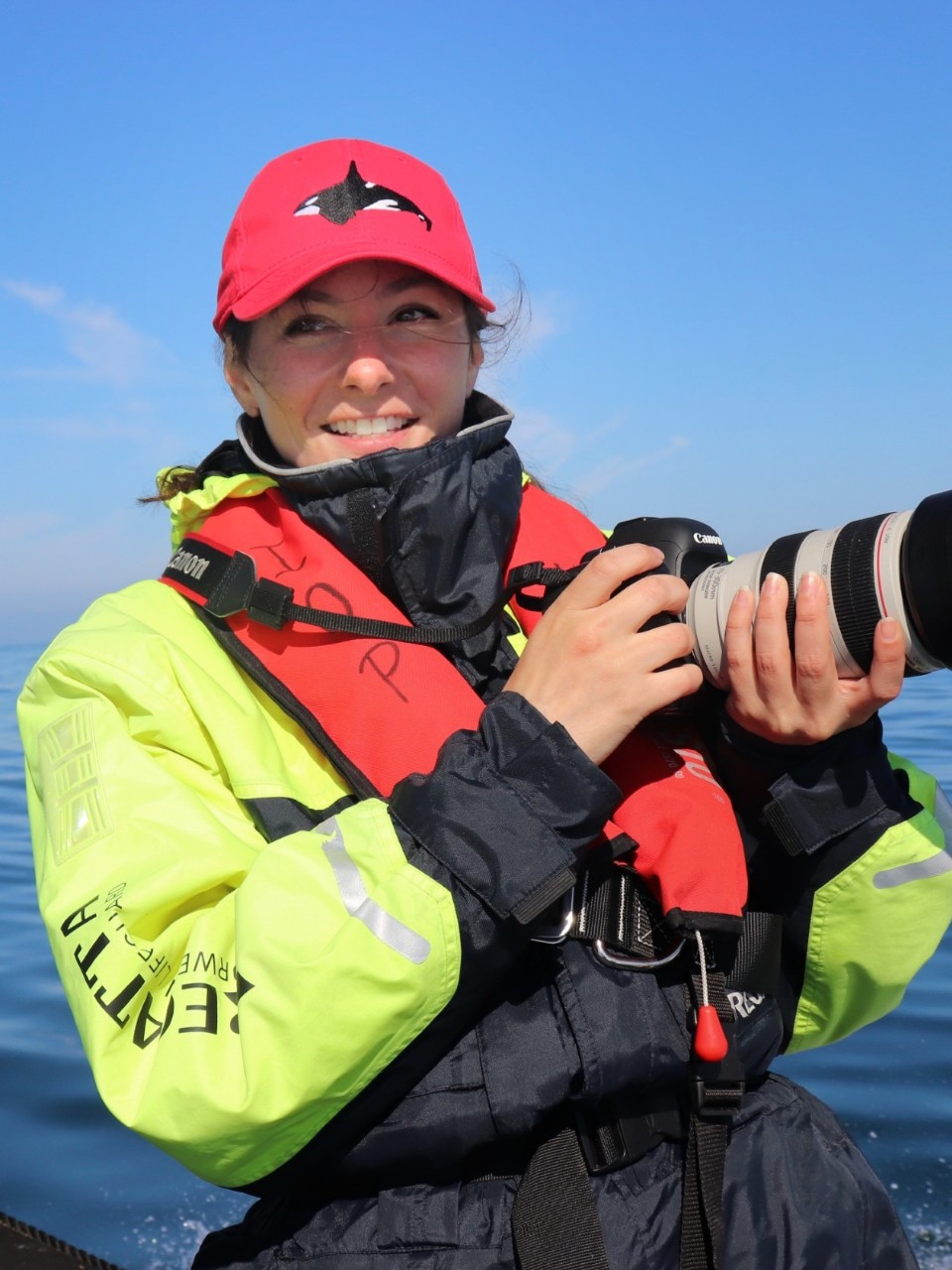- About
- People
- Undergraduate Students
- Graduate Students
- Research
- News & Kudos
- Events
AREAS OF INTEREST
- Marine Mammal Feeding Ecology: Investigating the dietary preferences, and feeding ecology of marine mammals using ecological tracers like fatty acids and stable isotopes.
- Ecotoxicology and Contaminant Accumulation: Studying how diet influences contaminant accumulation (PCBs, PFAS, pesticides, and mercury) in marine mammals, with implications for their health and risk level.
- Multiple Stressor Interactions and Cumulative Effects: Exploring the complex interactions between stressors—including climate-induced shifts in diet—and their cumulative effects on contaminant accumulation and marine mammal health (through metabolomics and steroid hormone assays).
- Science Communication: Acting as a bridge between academic research and the public to increase public interest in marine mammal research
EDUCATION
- BSc 2016, University of Lyon 1 Claude Bernard, France
- MSc 2018, Erasmus Mundus Marine Environment and Resources, University of the Basque Country, Spain
- PhD 2023, McGill University, Canada
SELECTED PUBLICATIONS
- Remili, A., Letcher, R.J., Samarra, F.I., Dietz, R., Sonne, C., Desforges, J.P., Víkingsson, G., Blair, D. and McKinney, M.A., 2021. Individual prey specialization drives PCBs in Icelandic killer whales. Environmental Science & Technology, 55(8), pp.4923-4931.
- Remili, A., Dietz, R., Sonne, C., Samarra, F.I., Rikardsen, A.H., Kettemer, L.E., Ferguson, S.H., Watt, C.A., Matthews, C.J., Kiszka, J.J. and Jourdain, E., 2023. Quantitative fatty acid signature analysis reveals a high level of dietary specialization in killer whales across the North Atlantic. Journal of Animal Ecology, 92(6), pp.1216-1229.
- Remili, A., Dietz, R., Sonne, C., Samarra, F.I., Letcher, R.J., Rikardsen, A.H., Ferguson, S.H., Watt, C.A., Matthews, C.J., Kiszka, J.J. and Rosing-Asvid, A., 2023. Varying diet composition causes striking differences in legacy and emerging contaminant concentrations in killer whales across the North Atlantic. Environmental Science & Technology, 57(42), pp.16109-16120.
Link to Google Scholar: https://scholar.google.ca/citations?user=sIGYgwEAAAAJ&hl=en&oi=sra


